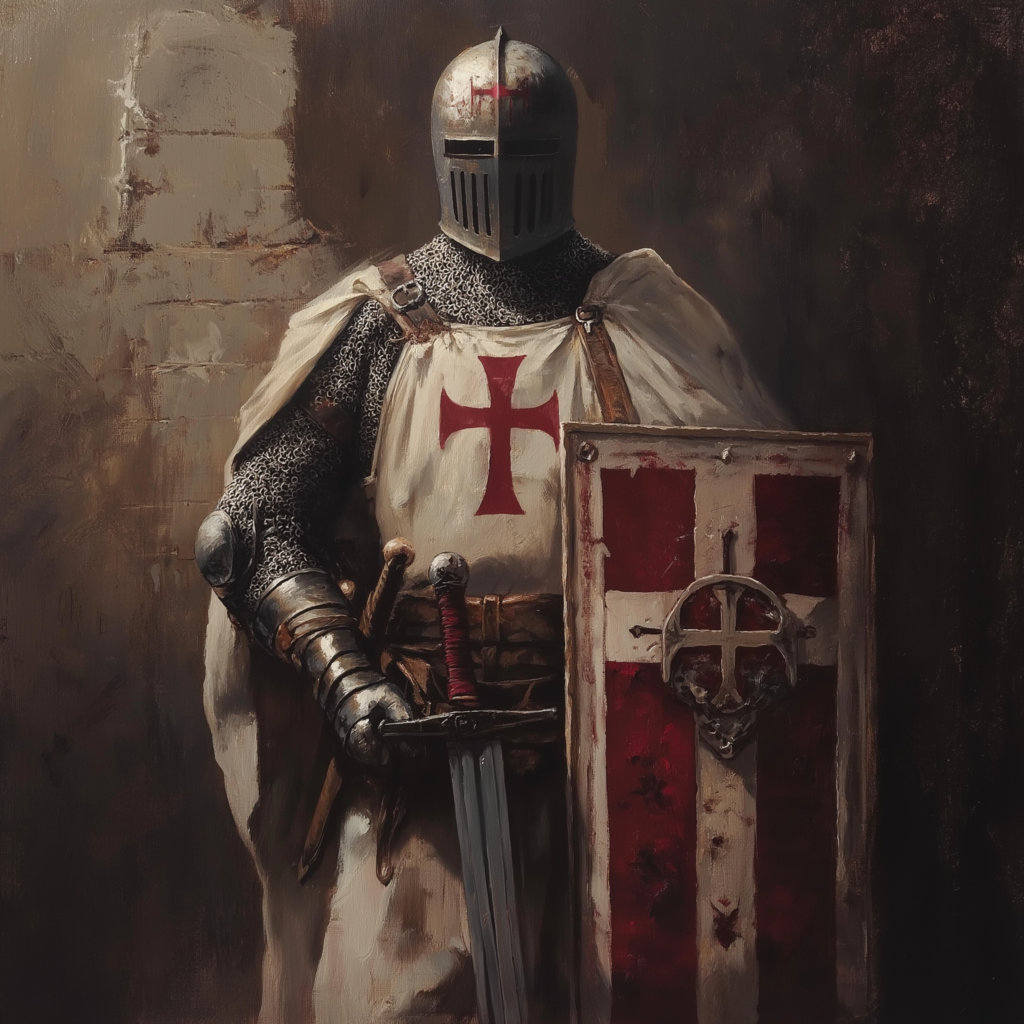Freemasonry and the Knights Templar are two historical organizations steeped in symbolism, secrecy, and rich narratives. While their respective roots trace back to medieval Europe, the modern-day relationship between them remains a topic of intrigue and debate. This post explores how contemporary connections between Freemasonry and the Templars are understood, based on the latest research and scholarship.
Historical Foundations and Early Theories

Freemasonry as a fraternal order is believed to have taken shape in its modern form in the late 16th to early 17th century, while the Knights Templar were officially dissolved by 1312. Speculative connections between these two groups date back to the 18th century when Sir Andrew Michael Ramsay, a Scottish Freemason, suggested that Masonic traditions were influenced by returning Crusaders, implying a link to the Templars. This idea, though captivating, has remained speculative.
The Influence of Symbols and Rituals
One aspect fueling the perceived connection between the Templars and Freemasonry is their shared use of symbols. The red cross of the Templars and the compass and square of Freemasonry have become synonymous with their respective legacies. The Templar cross represented faith and martyrdom, essential elements of their role as protectors of Christian pilgrims during the Crusades.
Read: Masonic Symbols
Freemasonry, though secular in its foundation, adopted symbols like the compass and square as metaphors for moral integrity and enlightenment. The crossover in symbolism between these organizations has led to theories suggesting shared origins or later adaptation of Templar motifs by Freemasons.
Shared Ideals and Values
Both groups share thematic parallels such as charity, brotherhood, and moral rectitude. The Templars were renowned for their dedication to faith and military service. Their guiding principles included loyalty, honor, and protection of sacred Christian sites.
Freemasonry, while not overtly religious, emphasizes personal development, ethical behavior, and brotherhood.
These shared values may contribute to why some Masonic appendant bodies, particularly those aligned with the York Rite, have adopted Templar symbolism and titles.
The Knights Templar Within Modern Freemasonry
Today, one of the clearest modern connections between Freemasonry and the Templars can be found in the Masonic body known as the United Religious, Military and Masonic Orders of the Temple and of St John of Jerusalem, Palestine, Rhodes and Malta, commonly known as the Masonic Knights Templar. This appendant body within the York Rite is specifically modeled after the historical Templars. Membership is exclusive to Master Masons who profess Christian faith, aligning with the Templar dedication to Christian ideals.
This modern group, while adopting Templar nomenclature and some associated symbols, does not claim direct lineage from the medieval Templars. Instead, it aims to honor their legacy and maintain the spirit of chivalric values within a Masonic framework.
The Chevalier Ramsay’s Oration and Its Legacy
Sir Andrew Michael Ramsay’s 1736 oration is often cited as pivotal in linking Freemasonry with Templar heritage. Although Ramsay did not explicitly mention the Templars, he claimed that the origins of Freemasonry could be traced back to the Crusaders who returned from the Holy Land with esoteric knowledge.
This speech laid the groundwork for subsequent speculative associations and may explain why certain Masonic rituals echo medieval knightly traditions.
The Role of Scottish Influence
One theory that supports a connection involves the Templars’ escape to Scotland after their persecution by King Philip IV of France in 1307. Historical accounts suggest that some Templars found refuge under the protection of King Robert the Bruce, who had been excommunicated by the Church. This context led to speculation that these Templars might have influenced or even merged with early Masonic lodges in Scotland, contributing to the unique characteristics of Scottish Freemasonry.
The Kirkwall Scroll, an artifact held by a Masonic lodge in Scotland, has been analyzed for potential connections to Templar symbols. The scroll’s iconography, which includes depictions that some interpret as Masonic and Templar motifs, further stimulates discussion about shared or converging histories.
Debunking Myths: Scholarly Consensus
While the romantic notion of a direct, unbroken lineage from the Templars to Freemasonry is alluring, most historians agree that concrete evidence remains sparse. The myths propagated by popular literature, such as Dan Brown’s The Da Vinci Code, have only amplified these speculative connections without solid proof. Authors like Michael Baigent and Richard Leigh in The Temple and the Lodge (1988) argued for a Templar influence on Scottish Freemasonry, but their findings have been met with skepticism.
Conclusion: A Symbolic Relationship
The modern connection between Freemasonry and the Knights Templar is more symbolic than factual. While elements of Templar lore and iconography have been adopted within some Masonic rites, there is no definitive evidence to support a direct lineage. The enduring allure of this association lies in their shared themes of mystery, brotherhood, and pursuit of higher knowledge.
Freemasonry’s continued use of Templar references and symbols highlights a cultural and philosophical homage rather than an actual historical link. This symbolic relationship keeps the legend of the Knights Templar alive within Masonic traditions, celebrating ideals that resonate with both ancient and modern audiences.

Thank you so much for these usual updates.
Hail the light. Kindly redirect me on how to gain membership in this wonderful organization.